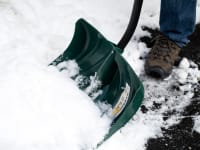Salt, sand, cat litter? Use this to stop slipping on ice
We built an ice rink and tested our options
Products are chosen independently by our editors. Purchases made through our links may earn us a commission.
Forget Disney on Ice, I’d be perfect for Disaster on Ice. I think the last time I set foot on a patch of ice I caused a 15-human pileup. Luckily, there were no injuries save for my wounded pride.
Joking aside, falling on snow and ice is serious business. It can lead to broken bones, concussions, and more. And with current winter storm warnings showing icy weather conditions, it's important to be prepared. That's why we set out to find the best way to treat ice to prevent slip-and-falls.
Through a little research and common practice, it turns out the most popular methods to make ice safer to tread upon are ice melt, sand, and kitty litter. Which of these three favored options offers the most traction on ice? Does sand melt ice as well as tradition suggests, or do chemicals reign supreme?
I’ve already run a test to measure the efficacy of using table salt to melt ice. In that experiment, I observed blocks of ice treated with Blue Heat or common table salt. This time around I needed to go bigger. I needed to build an ice rink.
Kitty litter vs. ice melt vs. sand: Here are the contenders
Fresh Step Non-Clumping Clay Cat Litter: This seems to be a favorite kitty litter for ice melting. People like it because it’s a pet-safe solution to regular road salts.
Blue Heat: Not only did I have some left over from the previous ice melting experiment, but Blue Heat is a well-regarded road salt that contains the active ingredient calcium chloride, which can melt ice at temperatures as low as -25°F.
Sand: It's coarse and rough and irritating, and it gets everywhere. However, it’s also a time-tested classic for road treatment. There’s no bespoke “ice sand” that’s better than the rest, so we went with a traditional bag.
We used a lab-built ice rink to test our substances
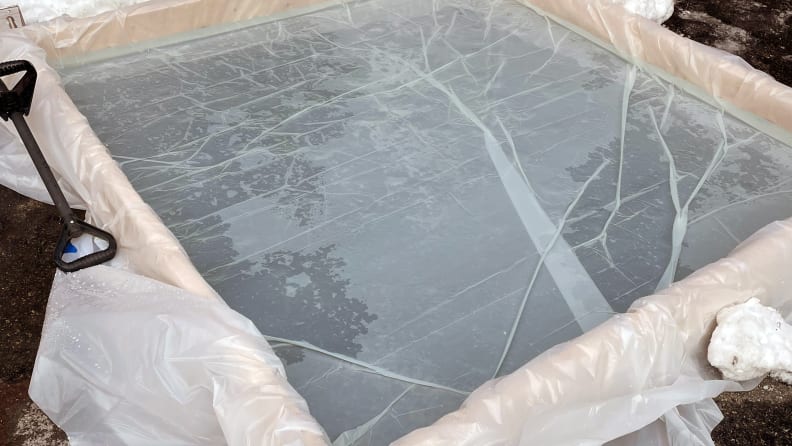
Our lab-made ice rink is just plastic sheeting spread over a wooden frame.
Building a backyard ice rink is actually pretty simple, if the weather cooperates. All you need is a wooden frame, plastic sheeting, and some standing water at freezing temperature.
The six-by-six frame used in our experiments only took about 15 minutes to assemble. However, I should point out that I’m very lazy, so full disclosure: Reviewed’s chief scientist, David Ellerby, did most of the work for me.
To test each of our ice melt products, I divided the ice into lanes and covered each section with 300 ml of either sand, ice melt, or kitty litter. I slid a hockey puck down a length of vinyl siding at a 45-degree angle, and onto the ice. I then marked and measured how far the puck slid across the treated ice.
Our results and recommendations
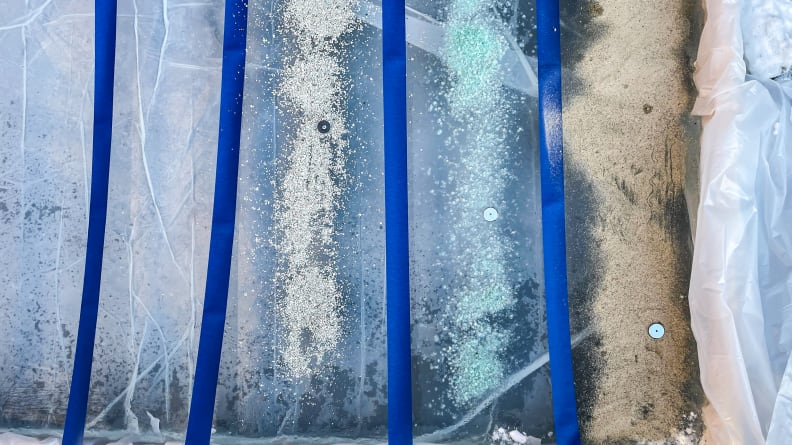
Here are the end results of the slid test.
The winner: Sand does help melt ice the best
For context, the hockey puck slid 52 inches on untreated ice. Compare this to 19 inches on the surface of the ice treated with Blue Heat, 26 inches on kitty litter, and just 10 inches on sand.
In terms of improving traction, being pet-safe, and affordable, sand seems to be the clear winner for securing icy walkways.
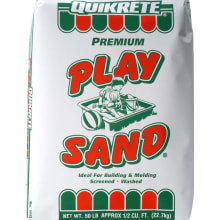
Sand proved to be the most effective at improving traction in icy weather.
The runner up: Blue Heat ice melt
Blue Heat does have the advantage of being able to melt ice and provide a decent amount of traction by cracking the surface. It’s by no means a poor choice if you already have some Blue Heat on hand.
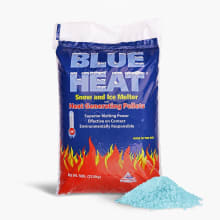
Though it didn't provide the best results during testing, Blue Heat does a decent job at preventing icy slips.
Instead of using cat litter for ice safety, there are better, pet-safe ice melts on the market. Our favorite of these happens to be Safe Paw Ice Melt.
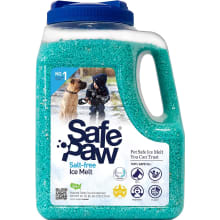
For a pet-safe option that's actually effective, try Safe Paw for your furry friends.


